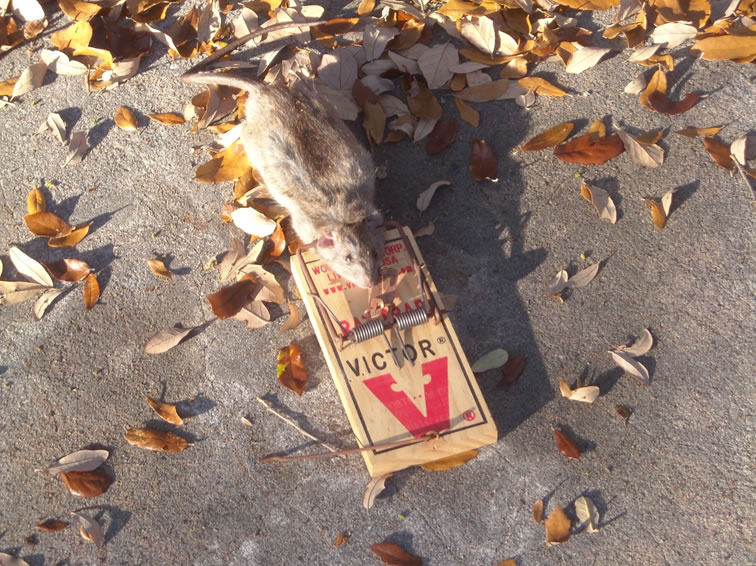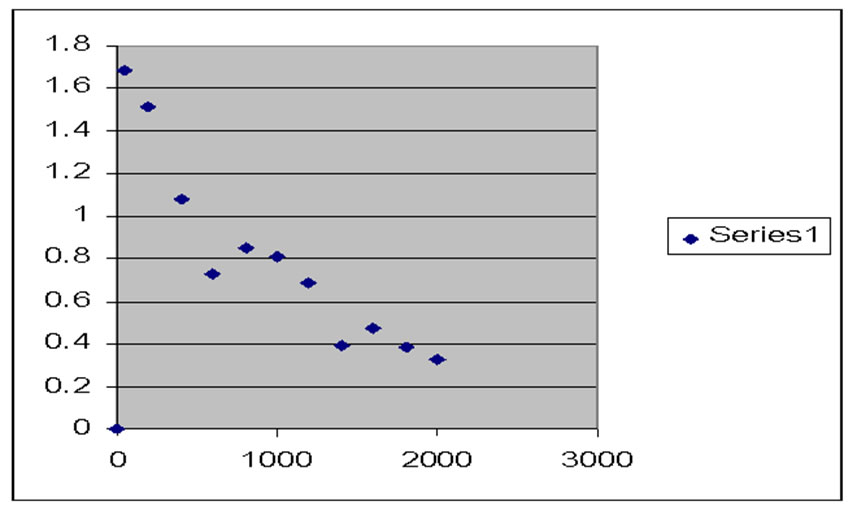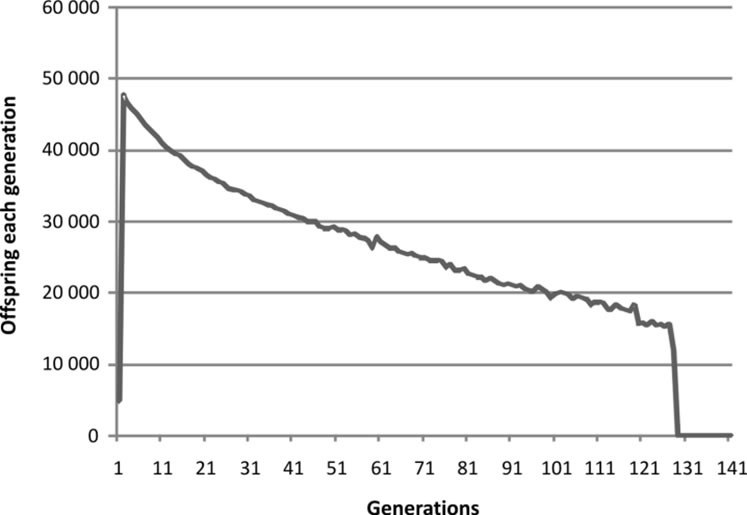Terror 24 Pre and Post Zygotic Curves

It is the 15th of April of 2018.
Ovum and sperm combine to form a “zygote” which is a single cell that goes on to form an embryo and then fetus and certain tissues that will support the pregnancy. Anything that prevents that formation of a zygote is “pre-zygotic” infertility, while anything that prevents the pregnancy from going on to have offspring is “post-zygotic.”
Since this is a cyclic process the question inevitably arises, “When does a post-zygotic process of one generation become a pre-zygotic process of the next?” If I can’t get a date, is that pre- or post-? For me, the moment is when the sperm makes physical contact with the ovum. Anything before that instant is post-zygotic from the prior generation. However, if somebody has a different opinion, I am certainly interested in listening. On the other hand, spend a few minutes looking back over the source code and you will see that in the computer program, the two are not different facets of the same process. They do not occur together during the creation of a new generation.
Intuitively, one might expect that pre-zygotic should precede post-zygotic, but when I am thinking about it, I generally consider post-zygotic first. And so we shall.
So how does the post-zygotic form of infertility do at predicting the known Sibly curve? Here is a graph of a number of runs comparing the virtual reproductive rate with population size.
Vertical axis is the number of offspring per individual in the population at generation 1,000. Horizontal axis is population size.

I trust we can accept that as a reasonable reflection of the Sibly curve. This is a straight post-zygotic curve.
The pre-zygotic curve is, for me, problematic. If you follow the time course of a population limited only by a pre-zygotic process, you get something like this:
A single run of a computer program modeling a population affected by post-zygotic infertility increasing with
decreasing consanguinity and increasing population size:

The population tends to go extinct rather early. So in tweaking the program you need to set parameters that have a very small impact on fertility. Lowering the maximum population will extend the lift of the population.
But this cannot reflect real life. No matter how many generations you separate populations of a species you never get absolute infertility in the first generation. There is no absolute pre-zygotic infertility. In fact you can cross breed species. You can cross a horse with a donkey. The result is generally infertile, buy you do get a result.
Somehow pre-zygotic infertility “saturates;” it reaches a point, well short of total infertility where it has done all the damage it can do.
In order better to reflect reality, it might be good to tweak the source code I have shown you. Find the place where the program goes (colored red):
PreZInfertility = 0;
Loss = PreZImpact * MisMatch;
if(Loss >= 1000)
{//32a Lower fertility one offspring at a time
while(Loss >= 1000)
{//33
PreZInfertility = PreZInfertility +1;
Loss = Loss - 1000;
}//33
}//32a Lower fertility one offspring at a time
else
{//32b No whole offspring lost
}//32b No whole offspring lost
coin = rand();
Coin = coin % 1000;
if(Loss > Coin)
{//34a Lose fractional offspring
PreZInfertility = PreZInfertility + 1;
}//34a Lose fractional offspring
else
{//34bKeep fractional offspring
}//34b Keep fractional offspring
OffspringComing = OffspringComing - PreZInfertility;
}//29a PreZsites > 0
else
{//29b PreZsites = 0
}//29b PreZsites = 0
Now we don’t want OffspringComing (if that’s not self-explanatory, look it up in the program) to drop below 2 on the basis of pre-zygotic infertility alone. So we’ll say:
if(OffspringComing < 2)
OffspringComing = 2;
And stick it in here (in blue):
PreZInfertility = 0;
Loss = PreZImpact * MisMatch;
if(Loss >= 1000)
{//32a Lower fertility one offspring at a time
while(Loss >= 1000)
{//33
PreZInfertility = PreZInfertility +1;
Loss = Loss - 1000;
}//33
}//32a Lower fertility one offspring at a time
else
{//32b No whole offspring lost
}//32b No whole offspring lost
coin = rand();
Coin = coin % 1000;
if(Loss > Coin)
{//34a Lose fractional offspring
PreZInfertility = PreZInfertility + 1;
}//34a Lose fractional offspring
else
{//34bKeep fractional offspring
}//34b Keep fractional offspring
OffspringComing = OffspringComing - PreZInfertility;
if(OffspringComing < 2)
OffspringComing = 2;
}//29a PreZsites > 0
else
{//29b PreZsites = 0
}//29b PreZsites = 0
You might have to play around with that “2” a bit. Or maybe you can come up with a better logic.
At all events nature puts a limit on how savage the pre-zygotic infertility can be. There is a selective advantage to this. It is possible occasionally (although only occasionally) to bring a total outsider into a population. That outsider might be carrying a very advantageous gene, one that the local population might have to wait a very long time to acquire by mutation alone.
So if all seems to be hanging together. The theory of course is the source code itself; that is the model of the mechanism we are after, the mechanism that bodes so ill for our long-term survival.
Don’t fret. We’ll not have to go back into the nitty gritty of the code again, I am thinking. Next we shall look at mating patterns; that talk will be very speculative. You won’t have to believe it at all. Then we’ll look at some more experimental results.
YouTube video script directory
Home page


